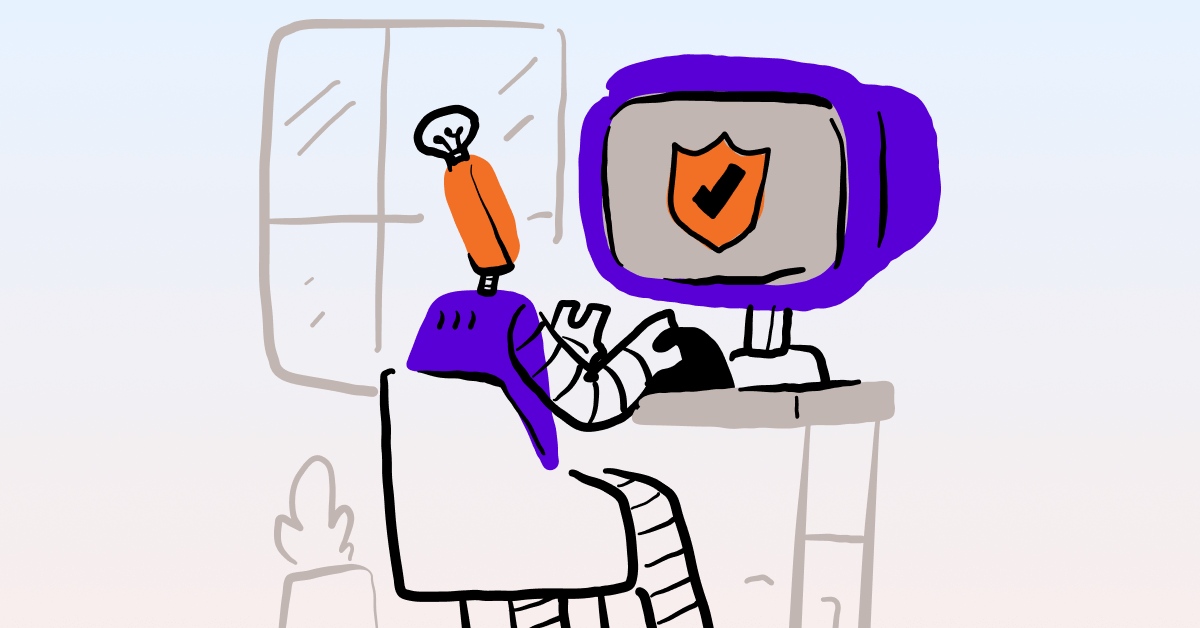By 2028, smart machines and automation will drive a $35.3 billion industry—a revolution reshaping how businesses operate globally. These technologies empower businesses to work better by increasing efficiency, enabling innovation, and redefining roles in the workplace.
This transformation is not limited to a single sector but spans industries as diverse as healthcare, retail, manufacturing, and corporate offices. By taking on repetitive and complex tasks, smart machines enhance productivity while enabling human workers to focus on creative, strategic, and high-value activities. As a result, businesses are reimagining their operations, fostering innovation, and setting new standards for efficiency in an increasingly competitive landscape.
The business case for automation
Smart machines are quickly changing the world, pushed by the rising need to save time, cut costs, and stay ahead in a fast-͏changing market. What was once only on factory floors has now moved into almost every part of daily life, changing many industries. By helping businesses make tasks easier and unlock new opportunities, machines and automation are changing how we work, innovate, and deliver value.
Manufacturing
Manufacturing is a sector undergoing significant change. Long production lines and repetitive manual work are often associated with it. Today, industrial robots operate at vast levels of precision and speed that sometimes exceed human capabilities, reducing the potential for fatigue and errors. Additionally, AI-powered predictive maintenance systems identify potential equipment failures before they happen, saving time and money. Such innovations increase productivity and create new business opportunities to expand operations and compete globally.
Healthcare
In healthcare, automation impacts lifesaving with AI diagnostic tools that can detect diseases accurately, sometimes faster than a doctor. Moreover, robotic surgical systems allow procedures to be performed with exceptional precision, leading to a shorter recovery and a better patient outcome. Even the administrative aspects of healthcare have also been improved, as automated systems simplify tasks such as scheduling and billing. Now, healthcare professionals can concentrate on what is most important: providing outstanding care to patients.
Retail
Retailers are also reaping the benefits of automation. Machine learning algorithms enable personalized product recommendations, enhancing the shopping experience by offering tailored and captivating options. Rephrase Computer vision-based inventory management systems ensure shelves are always fully stocked, while self-checkout systems enhance the customer experience. In a world where convenience is highly valued, these technologies provide retailers with a substantial advantage.
Corporate
Corporate offices are turning to robotic process automation (RPA) to handle repetitive tasks like data entry, payroll processing, and compliance checks. By automating these routine activities, businesses can reduce errors and enable employees to focus on more critical tasks such as strategic planning and creative problem-solving.
Restaurants
Correspondingly, restaurants are adopting automation, including AI chatbots for reservations and robots that help with food preparation and delivery. These advancements are not only enhancing efficiency but also improving the overall customer experience.

Digital signage as a smart machine for automation
Making your business smarter doesn’t mean you need to roll out an army of robots or dive headfirst into AI. Sometimes, the smartest tools are the ones that simply take the hassle out of your daily grind. Digital signage is a tool that can be used to make all these for your business, and over the years, it has become a proven dynamic solution that can be paired with automated business strategies.
Digital signage automates content updates through APIs and real-time data sources, making it easy to deliver relevant messaging. This is a perfect example of how digital signage automation can transform your business’s communication with customers and employees.
Let’s see examples of how automation and digital signage can be used in different industries to simplify day-to-day tasks.
Real-time digital menus that help you decide
Digital menu boards in restaurants or cafes need constant updating to be relevant and useful for customers. Previously, this was handled by humans, but today, automation allows these menu boards to sync directly with inventory systems and adjust accordingly to reflect real-time product availability. Digital menus can also adapt based on the time of day, switching from breakfast to lunch options, saving staff time and boosting the overall customer experience.
Smarter and personalized advertising
Digital signage, with APIs’ help, can automate advertising campaigns in the retail industry. Screens can adapt their promotions based on sales trends or inventory levels. Businesses can also A/B test different visuals or messaging in real-time to determine which campaigns resonate most with their audience.
Better workplace and stronger culture
Digital signage isn’t just for customers; it’s also an amazing tool for transforming internal communications. Automated systems integrated with HR platforms can now display personalized messages to employees in real-time, helping to create a better working environment. Moreover, this scalability ensures that large organizations see and value every team member and foster a stronger culture with minimal effort.
Human + Machine: A partnership, not a replacement
One of the most common fears surrounding automation is the potential for job loss. However, the reality is more in between. Automation is not about replacing humans but complementing and empowering them. By taking over repetitive, time-consuming, or physically demanding tasks, machines free people to focus on what they do best: creative thinking, decision-making, and problem-solving—skills that remain uniquely human.
For example, in healthcare, AI-assisted diagnostic tools support doctors by identifying diseases with precision, allowing for quicker and more accurate treatment decisions. In marketing, AI-driven analytics offer insights into customer behavior, enabling creative strategies that resonate with target audiences. These examples prove how human-machine collaboration drives better outcomes by combining the efficiency of technology with human ingenuity.
This cooperation nurtures a more agile and innovative work environment, benefiting individuals and organizations. By leveraging the strengths of both humans and machines, businesses can build a workforce that is more productive and better equipped to tackle complex challenges.

A smarter, more efficient way to work
Looking at the big picture, automation and smart machines are not just tools, nor are they here to replace humans. They’re here to empower us, boost efficiency, spark innovation, and fuel growth. Consider them your tech-savvy partner, helping your business unlock fresh opportunities and stay ahead in an ever-changing global market.
Now is the time to embrace this collaboration between human creativity and machine precision. Start exploring automation tools, like digital signage, to future-proof your business and stay ahead in the game!
